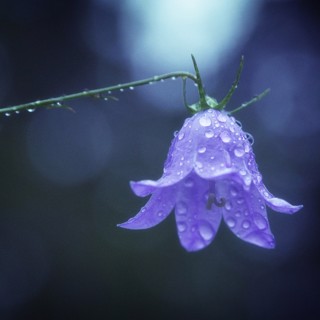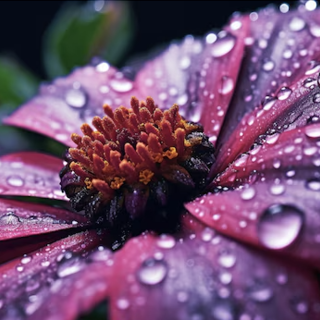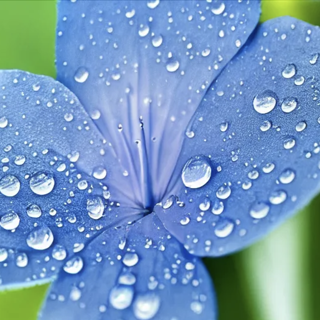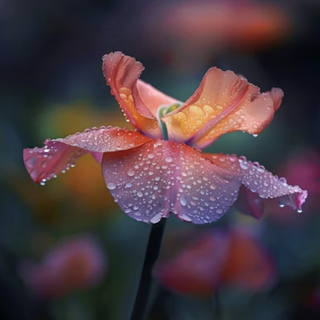As artificial intelligence continues to evolve, one of the most contentious areas of discussion is the realm of art. While AI-generated art has gained popularity and even critical acclaim, many argue that it pales in comparison to fine art created by humans. Here’s an exploration of why AI art, despite its technical prowess, may not hold the same value as human-made art. (Pictured below is Lisa Olivarez, Plein Air Painter, out in nature painting what she sees)
The Essence of Human Experience
One of the core arguments against AI art is that it lacks the deeply personal touch of human experience. Fine art often stems from an artist's emotions, memories, and unique worldview. Each brushstroke or chisel mark carries the weight of personal stories, cultural contexts, and individual struggles. In contrast, AI generates images based on algorithms and data, devoid of personal insight. This absence of lived experience can make AI art feel flat or impersonal, lacking the emotional depth that resonates with viewers.
Intention and Creativity
Human artists create with intention. They choose colors, shapes, and themes to express specific ideas or emotions, often grappling with complex concepts such as identity, mortality, and societal issues. This intentionality imbues their work with meaning and invites viewers to engage in dialogue. AI, on the other hand, does not possess intent. It analyzes existing works and generates output based on patterns, but it cannot think creatively or understand the broader implications of its creations. This fundamental difference raises questions about the authenticity and significance of AI-generated pieces.
Only one of these flowers is real.




The Role of Imperfection
Fine art often embraces imperfection. Artists may intentionally leave certain elements rough or unrefined, reflecting their human flaws and struggles. These imperfections can enhance the work's character, making it relatable and evocative. AI, however, excels in precision and perfection, which can strip away the rawness that often makes art impactful. The quirks and inconsistencies that characterize human art can elicit stronger emotional responses, while AI art can feel too polished or sterile.
Cultural Context and Authenticity
Art is often a reflection of the culture and time in which it was created. Human artists draw upon their backgrounds, traditions, and current events to create works that resonate within a specific context. This cultural authenticity is challenging for AI, which lacks a personal history or cultural identity. AI can mimic styles and techniques, but it cannot truly grasp the cultural significance behind them. This disconnection can lead to art that feels derivative or lacking in substance.
"The Scream" By Artist Edvard Munch
The Scream, AI Generated
The Value of the Artist-Audience Relationship
The relationship between an artist and their audience is integral to the experience of art. Viewers often feel a connection to the artist, informed by the knowledge of their background, struggles, and intentions. This bond fosters a deeper appreciation of the artwork. AI art, created without a human touch, often lacks this relational aspect. Audiences may struggle to connect with a piece that has no backstory or emotional resonance tied to an artist’s life.
The Future of Art
While AI art offers new possibilities and can serve as a tool for inspiration, it is essential to recognize its limitations. Rather than viewing AI as a replacement for human artists, it can be more fruitful to see it as a complement. The future of art likely lies in collaboration, where human creativity and AI technology coalesce to push the boundaries of artistic expression.
Conclusion
In the end, while AI art has its merits and can produce visually stunning results, it cannot replicate the depth, intention, and emotional resonance found in human-made fine art. Art is an inherently human endeavor, shaped by individual experiences and cultural contexts that AI cannot emulate. As we navigate this evolving landscape, it’s crucial to celebrate and value the unique contributions of human artists, whose works continue to inspire and provoke thought in ways that AI simply cannot match.
Lisa Olivarez - Human Painter
